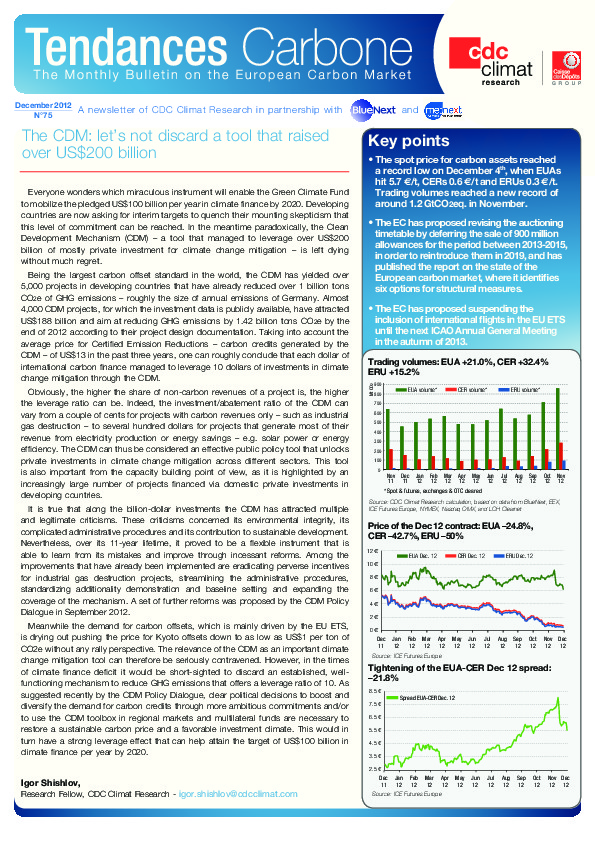The CDM: let’s not discard a tool that raised over US$200 billion
Everyone wonders which miraculous instrument will enable the Green Climate Fund to mobilize the pledged US$100 billion per year in climate finance by 2020. Developing countries are now asking for interim targets to quench their mounting skepticism that this level of commitment can be reached. In the meantime paradoxically, the Clean Development Mechanism (CDM) – a tool that managed to leverage over US$200 billion of mostly private investment for climate change mitigation – is left dying without much regret.
